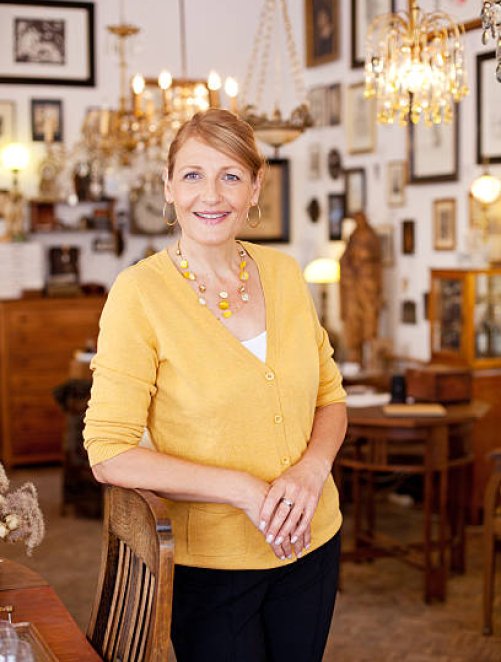



Korean, Joseon dynasty, Civil Official ceremonial (Husu)
Korean, Joseon dynasty, Civil Official ceremonial (Husu, rear panel), Silk embroidery. 10 panels with facing cranes, white and blue. Missing the belt it was sewn to (daedae). Acquired by Huge A. Dinsmore, Minister Resident and consul general to the Kingdom of Korea who served from 1897 until May 25, 1890. Dinsmore was also a US Congressman from Arkansas from 1893-1905. Very Good condition. Similar to pieces held by the Brooklyn Museum, The Metropolitan Museum of Art, The Minneapolis Museum of Art , The Victoria and Albert museum and The Royal Ontario Museum
26 3/4 inch's by 10 1/4 inches. Inside a frame 33" by 16 1/2"
Inherited
Yes


Hello,
This ceremonial textile panel, known as a Husu, originates from the Joseon dynasty (1392–1897) of Korea and was traditionally worn as a rear apron by civil officials during court rituals. The piece is a silk embroidery composed of ten vertically aligned rectangular panels featuring white and blue cranes—symbols of longevity and nobility—alongside auspicious cloud motifs, common in high-ranking official attire. The colors and iconography align with late Joseon-era court textiles, with iconographic consistency to 19th-century examples held in institutional collections.
Provenance enhances the historical value: the item was acquired by Huge A. Dinsmore, U.S. Minister Resident and Consul General to Korea in the late 1880s, and later a U.S. Congressman. Its condition is good, lacking only the waistband (daedae) it would have been sewn to. Comparable husu are preserved at The Brooklyn Museum, The Met, V&A, and The Royal Ontario Museum, indicating institutional interest and established scholarship surrounding these rare garments.









